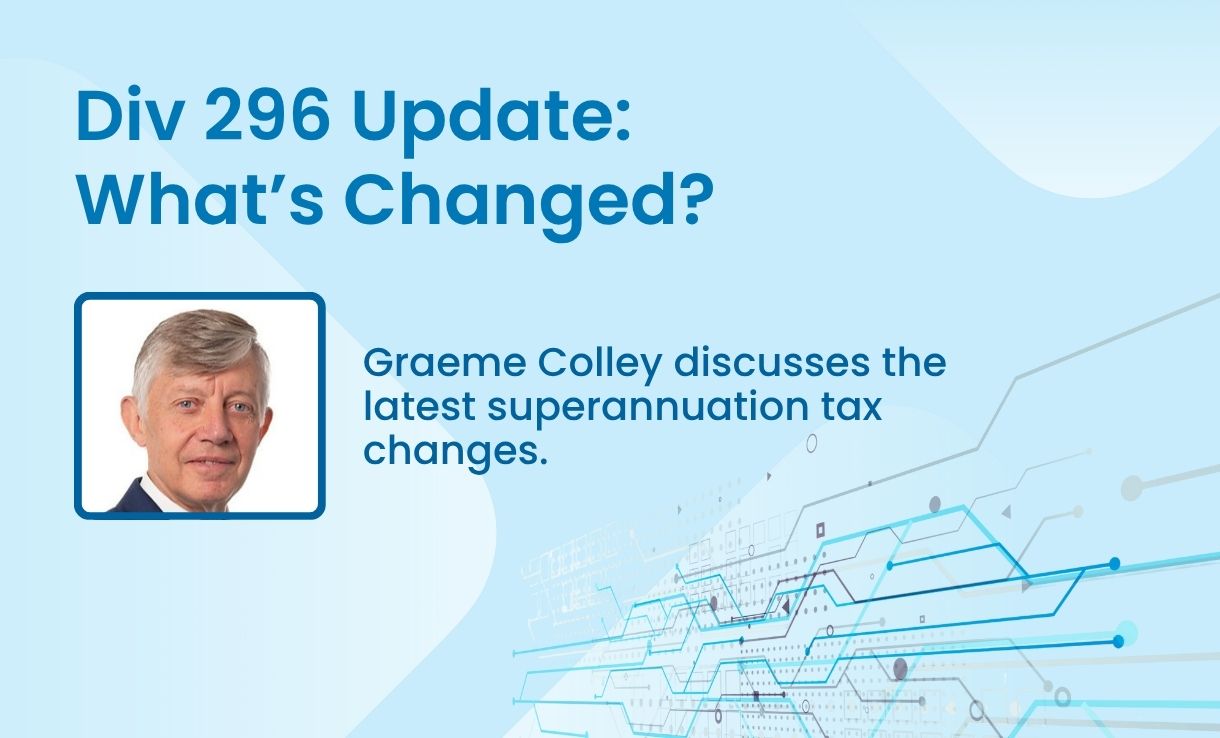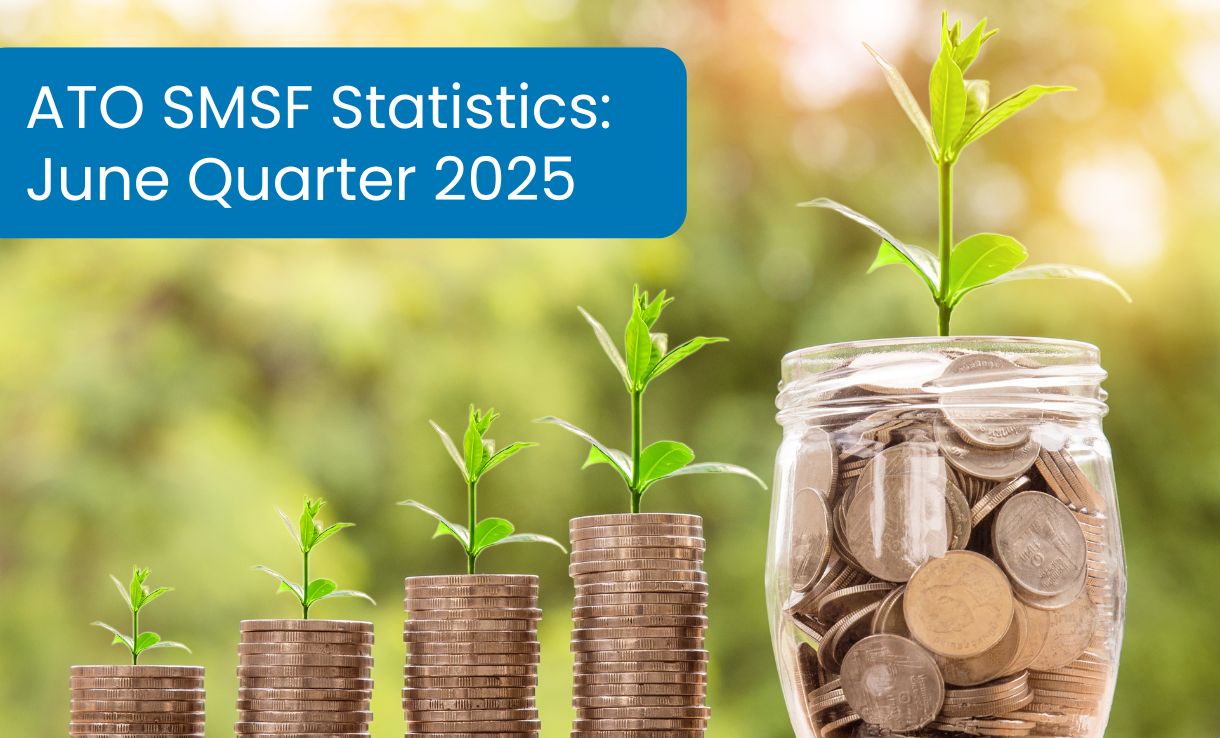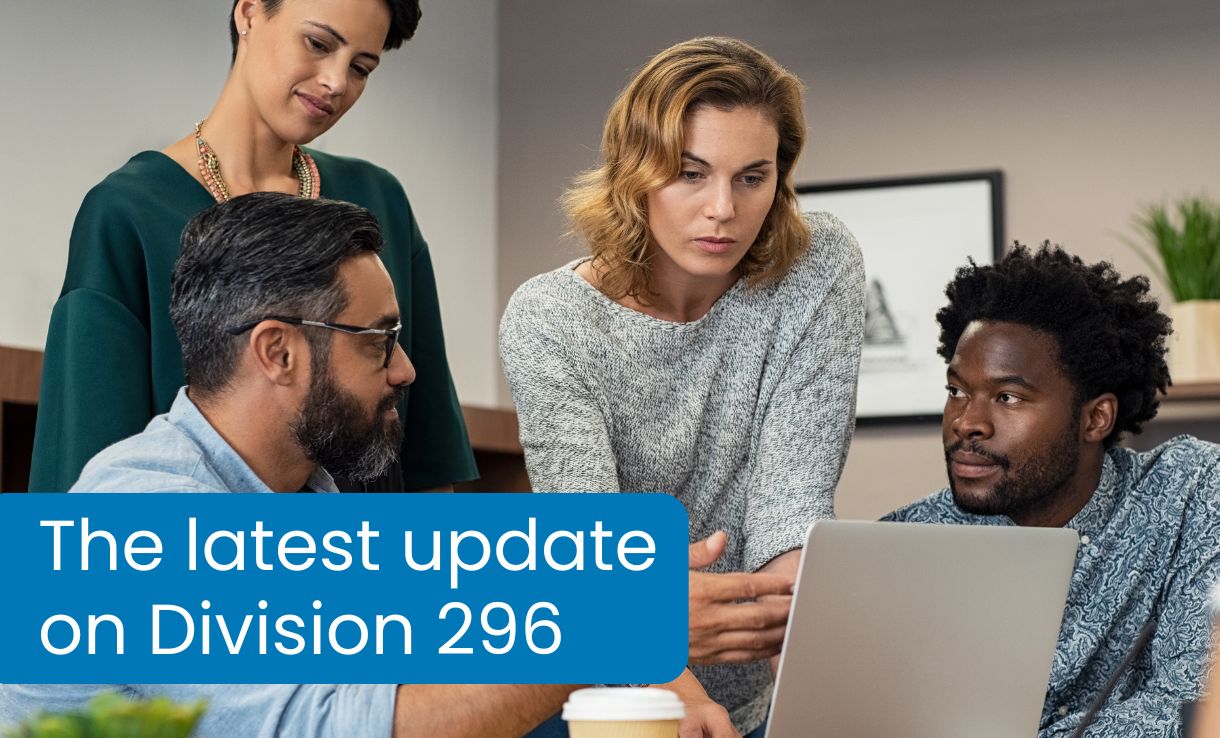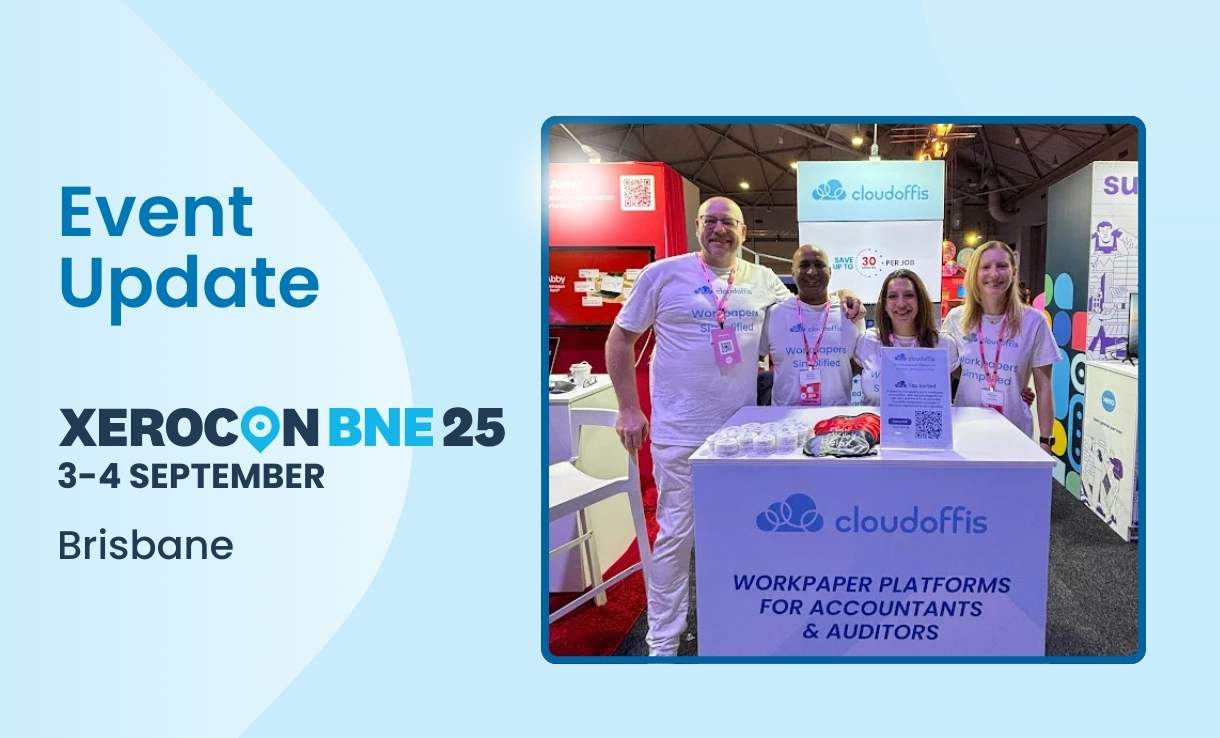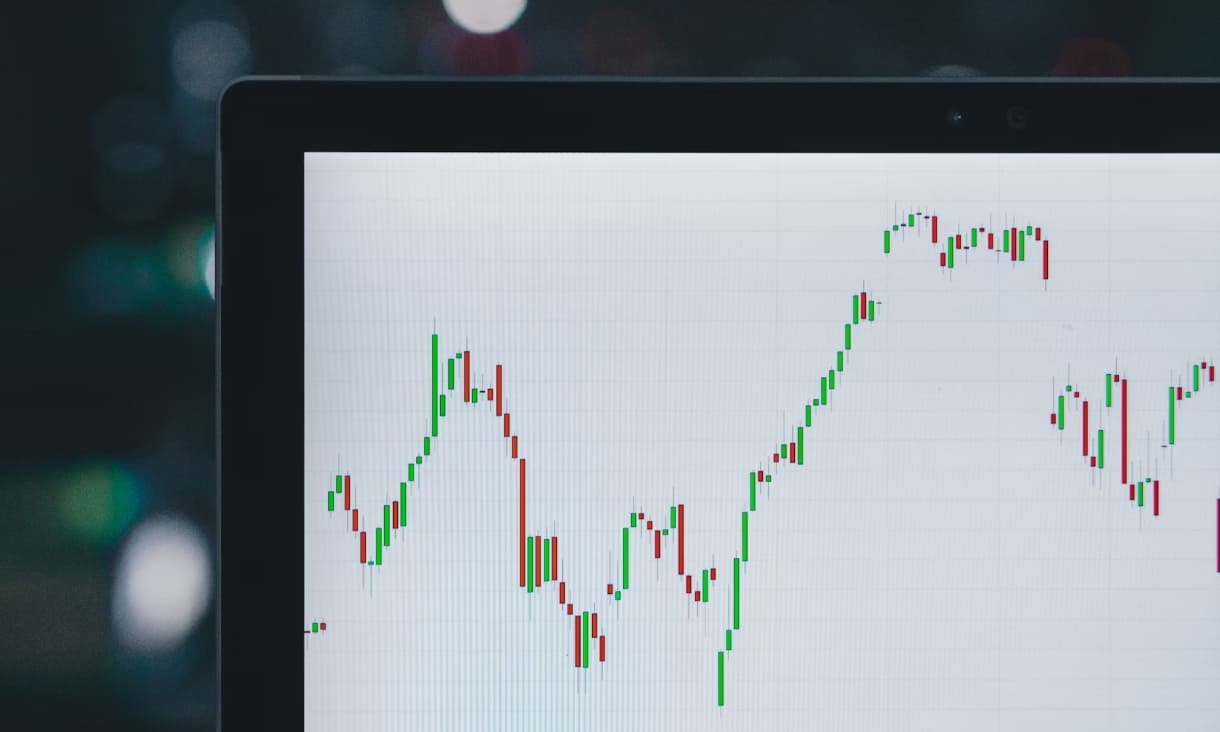Graeme Colley, who is a well-known expert in SMSFs and the Cloudoffis Independent Consultant, has provided an update on the latest developments for Div 296.
What’s changed?
On 13 October, the government announced changes to the Div 296 tax proposal, which taxes increases in a member’s superannuation balance above $3 million. The original proposal was placed under significant pressure by those who were impacted for many reasons. These included no indexation of the $3 million threshold and the taxation of unrealised capital gains.
The proposed changes still maintain the overall design of the legislation, which requires the tax to be paid by the member. However, there are changes to the calculation of the amount to be taxed by excluding unrealised capital gains and introducing two thresholds at which the tax is payable.
The main changes to Div 296 announced by the Treasurer are:
Introduction of two thresholds
Div 296 tax will apply on balances above $3 million, and a further tax will apply on balances above $3 million.
Thresholds indexed
The two thresholds will be indexed in line with increases in CPI. The $3 million cap will be indexed in increments of $150,000, and the $10 million threshold indexed in increments of $500,000.
Tax on ‘earnings’
The tax rate on the ‘earnings’ for balances above $3 million will be an extra 15% and a further tax of 10% applies if the member’s balance is greater than $10 million. This means that a member who is wholly in the accumulation phase with a balance of between $3 million and $10 million will pay tax equal to 30% of their adjusted ‘income’, and those with a balance of more than $10 million will pay an additional amount equal to 40% of their adjusted ‘income’.
Calculation of the member’s adjusted ‘earnings’ for Div 296 purposes.
The calculation of a member’s total superannuation balance for Div 296 purposes will be adjusted for contributions, pension payments and other amounts. The announced changes will now exclude unrealised capital gains, which was a controversial feature of the original proposal.
If a member has a total amount in super greater than a threshold, the ATO contacts the relevant fund or funds to get further information so the adjustments can be made. Any ‘earnings’ adjustment will be based on the fund’s taxable income.
Change in commencement date of Div 296
The proposed commencement date of the new tax is now 1 July 2026. This means that Div 296 assessments will not be sent out to members until sometime in the 2027-28 financial year at the earliest.
Don’t forget that the government’s announcement on 13 October is not law. There may be further changes when the legislation goes through the parliament, expected early in the new year. As Div 296 is proposed to commence on 1 July 2026 don’t jump at shadows and make ad hoc decisions until the exact wording of the legislation is known and passed.
Further information on the government’s changes can be located on the Treasurer’s website and the Treasury website.
Want to ask Graeme about this?
Graeme will provide a detailed overview of the government’s Div 296 announcement at our Q&A webinar on 29 October
You can register for the webinar here.
